'Afternoon School Programme' extended
Ongoing initiative will now be called 'Afternoon Schools Programme'
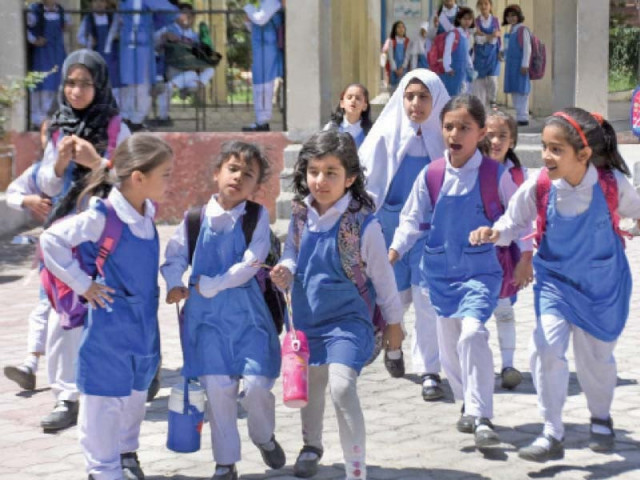
The Punjab government has decided to maintain and continue the "Insaf Afternoon School Programme" initiated during the tenure of Pakistan Tehreek-e-Insaf (PTI)'s Sardar Usman Buzdar as the chief minister.
The word "Insaaf" has been removed from the project, and it will now be called the "Afternoon Schools Programme." Additionally, 200 more middle schools, including those in the Rawalpindi Division, have been upgraded to high schools. For this project, a fund of Rs475.936 million has been allocated.
These 200 schools will operate as middle schools in the morning and as government high schools in the afternoon. New admissions have been initiated immediately, and all students who have passed the middle school level have been promoted to these schools. Under the project, any teacher who voluntarily teaches in the second shift after the morning session will receive an additional salary as an honorarium.
In each district of Punjab, two to seven schools from rural areas have been selected for this upgrade, specifically schools where there is no nearby high school. New admissions have also been started for these schools.
This programme was launched by former CM Sardar Usman Buzdar in 2020 for remote rural areas, and currently, around 2,000 "Insaf Afternoon Schools" are operating successfully in the province. The word "Insaaf" has also been removed from the boards of these schools.
Furthermore, the provincial education ministry has constituted special monitoring committees of teachers in 43 districts to oversee the operations of the afternoon schools. These committees will conduct surprise checks on the teaching system in their respective districts and submit reports to the ministry.
The teachers included in the monitoring committees for different districts are Fahmida Abbasi and Nasir Saleem Satti from Rawalpindi district, Muhammad Kashif and Zaheer Matloob from Jhelum district, and Muhammad Ubaid Ashfaq, Samer Hussain and Jahangir Ahmed from Attock district.
After the privatisation of government schools, the process of teacher rationalisation and layoffs has begun. Teacher rationalisation will commence in ongoing month of April, and surplus teachers will be sent to a surplus pool.
The third phase of the sale of 5,500 government schools and the rationalisation process will be completed by the summer holidays on May 31. The rules and regulations for rationalisation have also been finalised.
According to the new structure, each primary school will require one Primary School Head Teacher (PSHT) and one Early Childhood Education (ECE) teacher. Teachers will be allocated based on the student-to-classroom ratio as follows:
For 70 students (two to three classrooms), only one primary teacher; for 105 students (3 classrooms), only one primary teacher; for 105 students (4 classrooms), one Primary School Teacher (PST) and one school headmaster; for 140 students (2 to 4 classrooms), one PST and one Senior Primary School Teacher; for 140 students (5 classrooms), two primary teachers and one headmaster; for 175 students (2 to 5 classrooms), two teachers and one Senior Primary School Teacher; For 175 students (6 classrooms), two PSTs and two Senior PSTs; and For 210 students (2 to 6 classrooms), two PSTs and two Senior PSTs.
If the number exceeds the above criteria, an additional PST teacher will be assigned for every 35+ students, and an SPST for every 70+ students.
As soon as the rationalisation process begins, there is growing concern among senior primary teachers. The rationalisation process will be completed before the summer holidays on May 31.



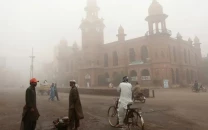

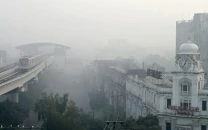
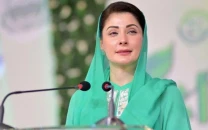


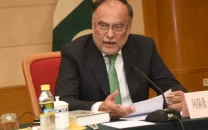


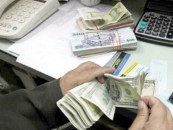
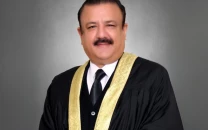






COMMENTS
Comments are moderated and generally will be posted if they are on-topic and not abusive.
For more information, please see our Comments FAQ